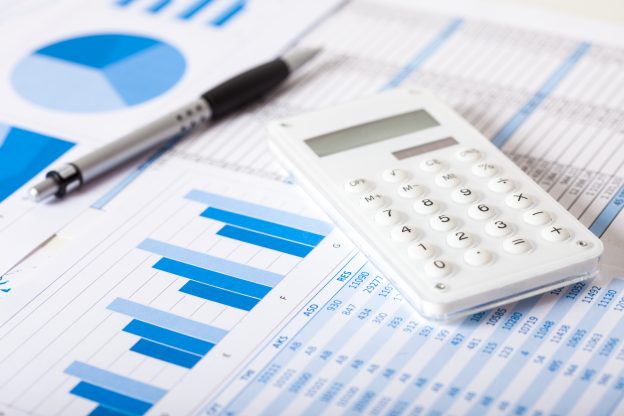Guangzhou Tinci Materials Technology Co. Ltd. (Tinci) announced on May 6 that it intends to invest in an expansion project that will add 300,000 metric tons per year of production capacity for lithium battery electrolyte solutions and 100,000 metric tons per year of recycling processing capacity for LFP batteries. The project will be implemented through its sub-subsidiary Fuding Kaixin Battery Materials Co. Ltd. (Kaixin) and entail an investment of RMB 1.332 billion.
Kaixin was establish in 2020 as a wholly owned sub-subsidiary, and it manufactures Li-ion batteries, batteries for EVs and miscellaneous applications, and organic chemical materials. The expansion project will be located in Fuding, which is a county-level city on Fujian Province’s border with Zhejiang Province and under the administration of prefecture-level city Ningde. The implementation period of the project is expected to last 18 months.
Once the project is completed, Tinci will have an additional 300,000 metric tons per year of production capacity for electrolyte solutions, 50,000 metric tons per year of production capacity for lithium-iron compound powder, 8,000 metric tons per year of production capacity for copper granules, and 4,000 metric tons per year of production capacity for aluminum granules. In terms of financial gains, the project will generate an annual revenue of RMB 8.676 billion and an annual net profit of RMB 421 million on average.
Tinci said that the implementation of the expansion project will strengthen its position in the upstream material section and the product recycling section of the battery supply chain. The project will also resolve the problem of insufficient regional production capacity.
TrendForce has observed that Tinci is both strengthening its core businesses and raising production capacity for electrolyte solutions and upstream materials used in LFP batteries. These upstream materials, the supply of which is crucial to the core businesses, include lithium hexafluorophosphate, additives, lithium iron phosphate, and spodumene. Tinci aims to form its own circular battery industry chain so as obtain and maintain a significant cost advantage.
Tinci has been focusing on LFP batteries. Last June, Tinci invested around RMB 500 million through its sub-subsidiary to implement the first phase of an expansion project that added 100,000 metric tons per year of production capacity for lithium iron phosphate. The implementation period of the first phase lasted 10 months. Then, the second phase of the project was initiated this April and is expected to take nine months to complete. Tinci has invested around RMB 1 billion into the second phase, which will add another 200,000 metric tons per year. Altogether, the expansion project targets an increase of 300,000 metric tons per year.
Tinci also entered the market for the recycling of lithium batteries last year in order to increase the supply of raw materials through sustainable and low-emission processing methods. Furthermore, the battery recycling and material recovery business is a source of profit growth that the company wants to cultivate. A subsidiary has been established to build up the capacity to dissemble decommissioned lithium batteries and extract reusable resources from them.
This March, Tinci formed a partnership with a Chinese e-mobility platform to recycle and trade in used EVs and decommissioned EV batteries. The e-mobility platform has also teamed up with CMB Financial Leasing Co. Ltd. to develop financial solutions for businesses such as EV and EV battery recycling within the compliance of Chinese laws and regulations.
Presently, Tinci possesses 200,000 metric tons per year of “processing capacity” for LFP batteries. The newly added battery recycling capacity will also enter operation near the end of this year. Furthermore, Tinci is targeting the decommissioned EV batteries from some battery manufacturers and carmakers. These sources in the downstream part of the supply chain will provide certain quantities of materials to Tinci in future if they are able to successfully arrange supply deals.
This article is a translation of a Chinese article written by Marry at TrendForce. It contains information that is either sourced from other news outlets or accessible in the public domain.







